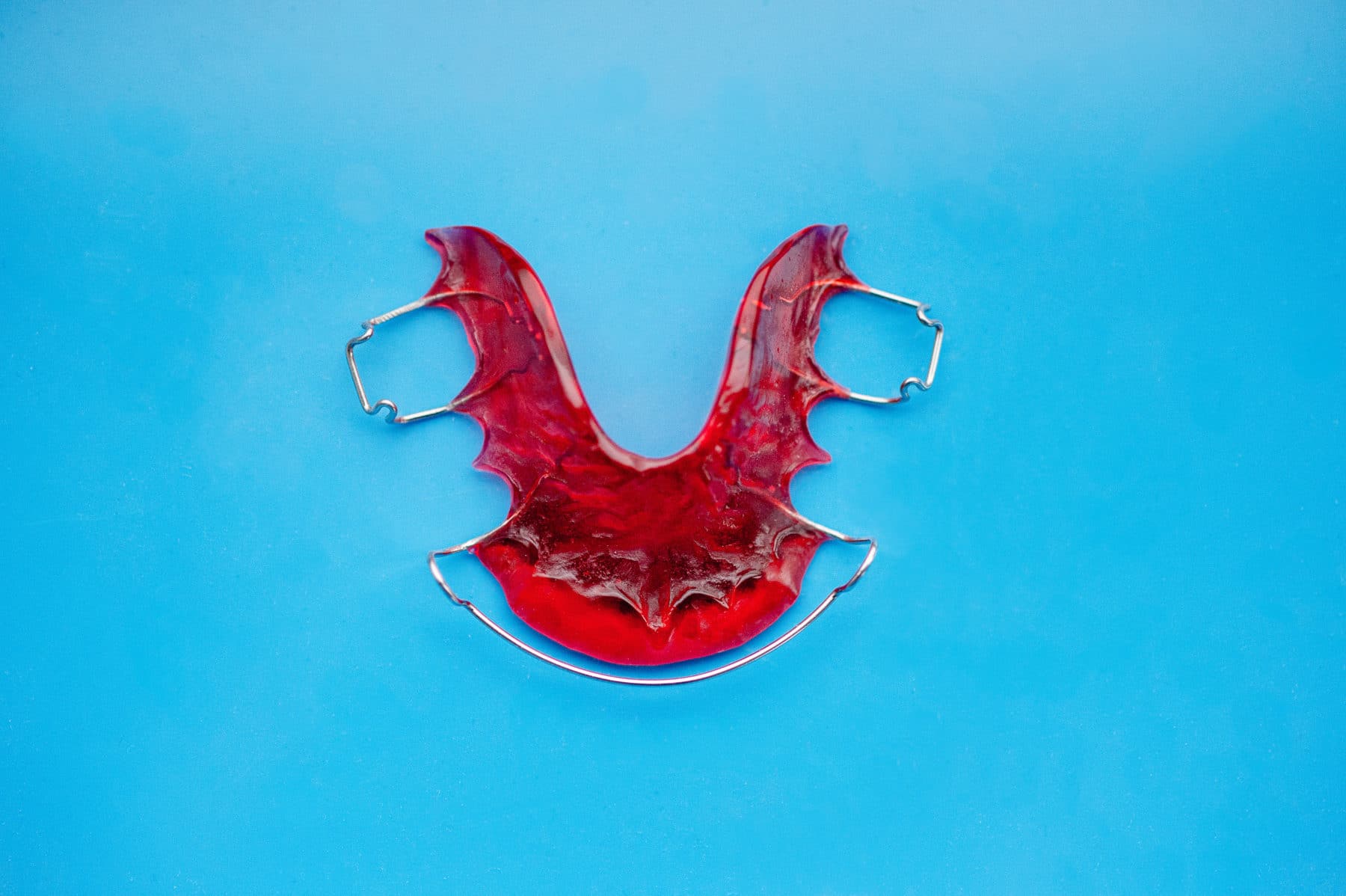(PERMANENT / EXPANSION / BITE) RETAINER
An upper jaw retainer is made of thin plastic and comes in different shapes depending on the purpose of the retainer. Usually, a retainer is worn for 6 – 9 months. There are usually metal wires attached to a retainer to ensure that you can “snap” the retainer into your upper teeth; this prevents the retainer from coming loose when you eat or laugh.


